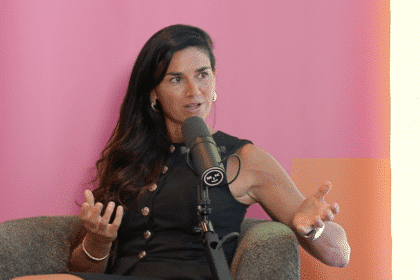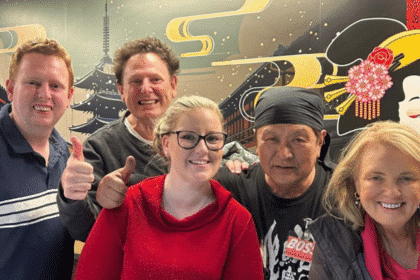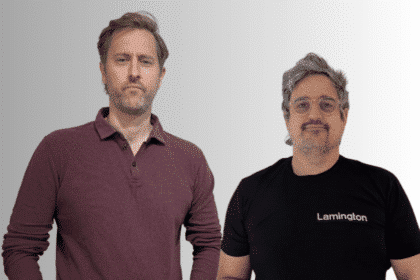The OUCH! Factor Survey is open for submissions, calling on Australian agency leaders and marketers to share their pitching experience with a mission to calculate the hidden cost of pitching for both sides of the process.
The 2022 OUCH! Factor Survey is currently open and closes on Thursday 31 March: https://survey.websurveycreator.com/dandmresearch/OuchFactorNBM2022
Conducted by New Business Methodology, growth consultancy to Australia’s advertising and marketing industry, the survey is this year backed by Advertising Council Australia (ACA), Australian Association of National Advertisers (AANA), Media Federation of Australia (MFA) and the Independent Media Agencies of Australia (IMAA), which are inviting their members to participate.
The inaugural OUCH! Factor Survey in 2021 surveyed 91 CEOs, MDs and leaders from creative, media, digital, PR, and integrated agencies, and 26 CMOs and procurement leads.
It found that the average agency spent 175 hours on each pitch, and a cumulative 1,913 hours a year pitching – investing the equivalent of $100,000 in unbilled hours before winning a single pitch. Marketers and procurement invested 125 hours on the average pitch process.
The data investigates the difference between independent agencies and holding companies, agency size and agency discipline (creative, media, PR & comms, digital, full-service, and consultancy/strategy).
By analysing the opportunity cost associated with pitching, looking at what the time invested in pitching would equate to if it were to be spent on billable activities, The OUCH! Factor Report in 2021 found that it took the average agency 14 months to reach profitability on clients won in a pitch. For some agency disciplines, this rose as high as 39 months.
Julia Vargiu (main photo), founder & managing director of New Business Methodology, said: “The OUCH! Factor Survey seeks to help agencies and marketers better understand the hidden cost of pitching in terms of time, hard cash, and blood sweat and tears. Agency leaders and marketers were shocked to see the results of last year’s survey, which painted an unforgiving picture of how much time agencies really invest in winning new business through pitching, and how long it will take them to recoup the opportunity cost of that investment in the equivalent billed hours. Not to mention the time it will take for that client to become profitable.
“We’re excited to be partnering with the industry associations for this year’s survey and hope to build on last year’s results with a more comprehensive look at the state of pitching in Australia. We invite agencies of any discipline and clients of all sizes to take The OUCH! Factor Survey today.”
Advertising Council of Australia CEO Tony Hale added: “The industry is buoyant and we are very optimistic about the future role for creativity as we emerge from COVID. Workloads are already heavy however, and we need to prioritise our people. Pitching is important for agencies but it is often not fit for purpose. In order to address the inefficiencies that all parties bear, we must quantify the cost and impact of pitching. We are delighted to collaborate with The OUCH! Factor Survey so we can understand this issue from a whole-of-industry perspective.”
MFA CEO Sophie Madden said: “In recent years, scrutiny of the pitch process has increased as both advertisers and agencies identify flaws in certain aspects of the process. The MFA sought to provide guidance in this area through the launch last year of the Successful Agency Pitching Guide, in partnership with the AANA, and we are pleased to be participating in The OUCH! Factor Survey to help shed further light on this important industry issue.”
AANA CEO Julie Flynn said: “Pitching is a necessary part of our industry and this survey is a valuable opportunity for marketers to share their experience of the process, leading to a better understanding of each side’s perspective and ultimately improving outcomes for all involved.”
IMAA general manager Sam Buchanan said: “IMAA members are delighted to participate in this important national survey and to elevate the conversation around how we can improve the pitching process.”








